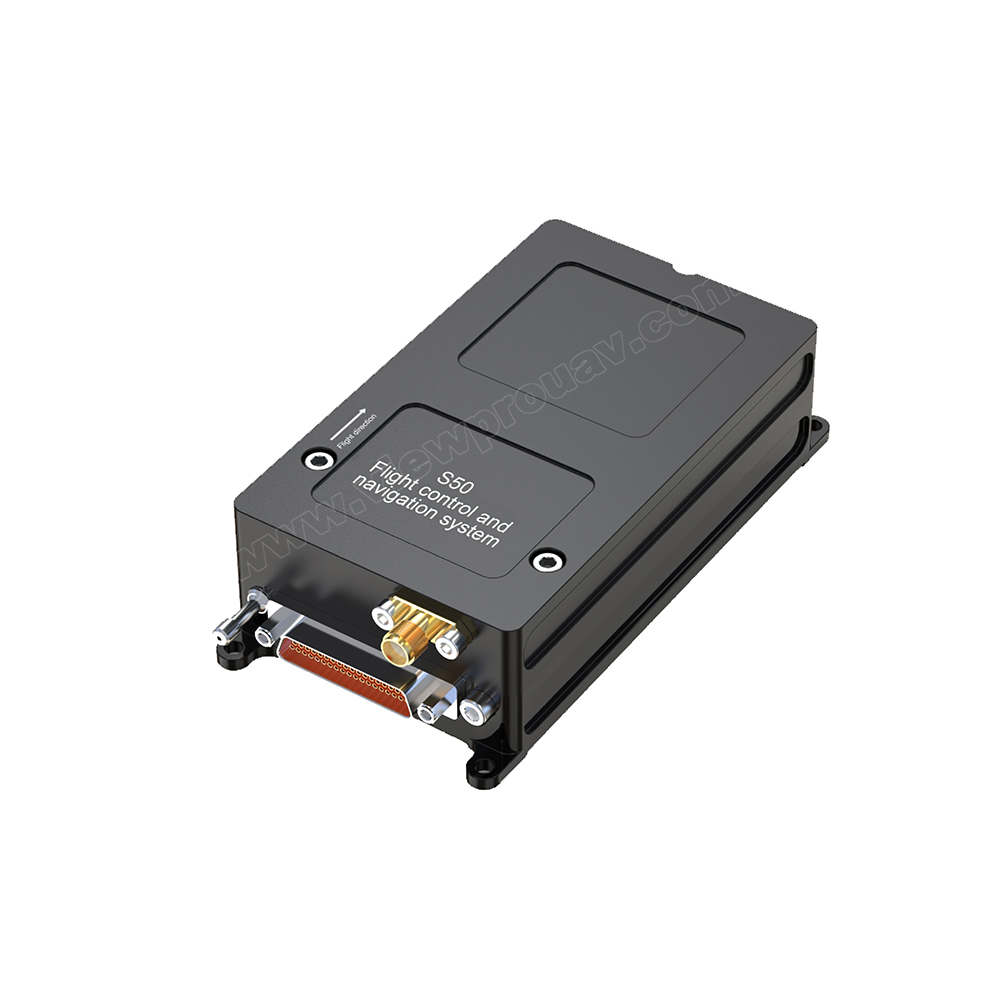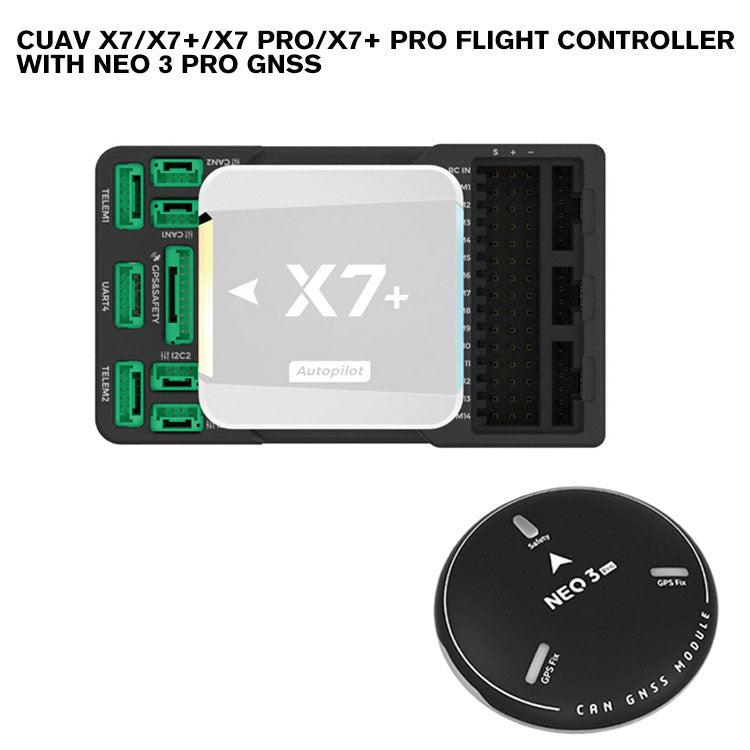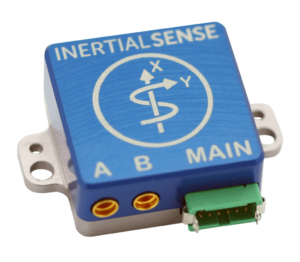Enhance Drone Performance with SparkNavi Drone Flight Controller and GNSS/INS Made in Taiwan
Enhance Drone Performance with SparkNavi Drone Flight Controller and GNSS/INS Made in Taiwan
Blog Article
Exploring the Duty of Drone Trip Controllers in Enhancing Trip Security and Navigating Efficiency
The improvement of drone innovation has significantly raised the importance of trip controllers, which offer as the mind of these aerial vehicles. By integrating real-time information from a range of sensors, trip controllers boost trip security and navigation efficiency, making sure that drones can operate efficiently also in complicated atmospheres.

Understanding Flight Controllers
Trip controllers are indispensable parts in the performance of drones, acting as the minds that manage and stabilize flight procedures. These advanced gadgets procedure information from various sensors, including accelerometers, gyroscopes, and GPS, to make sure that the drone preserves its desired trip course. The flight controller translates this information and carries out commands based upon pre-defined formulas, allowing the drone to respond to ecological adjustments, such as wind or obstacles.
The key feature of a flight controller is to keep security throughout trip. It achieves this by making real-time modifications to the drone's electric motors and control surfaces, making sure equilibrium and control. Additionally, contemporary flight controllers integrate advanced functions such as waypoint navigating, allowing for automated trip courses and boosted functional performance.
Recognizing the architecture of flight controllers is critical for both specialists and enthusiasts. They generally include a microcontroller, firmware, and numerous user interfaces for sensing unit input and communication. As innovation advances, trip controllers have actually come to be much more qualified and portable, integrating expert system to boost decision-making procedures and adapt to complicated flight circumstances. This development represents a critical advancement in the drone market, leading the way for more advanced applications and much safer procedures.
Secret Parts of Flight Security
Achieving ideal trip security in drones counts on numerous vital elements that operate in show to ensure controlled and smooth procedures. Central to this stability is the flight controller itself, which processes data from numerous sensing units to keep the wanted flight mindset. This consists of accelerometers and gyroscopes that measure movement and orientation, enabling real-time changes to the drone's placement.
One more essential part is the digital rate controllers (ESCs), which manage the power delivered to the electric motors. By carefully tuning motor rates in response to trip controller commands, ESCs assist preserve equilibrium and neutralize disruptions triggered by wind or sudden motions.
Additionally, the style of the drone's framework plays a critical duty in flight security. A well-structured frame lessens vibrations and boosts the general wind resistant profile, adding to smoother trip features. The integration of innovative algorithms within the flight controller aids in anticipating changes, guaranteeing a responsive and adaptable trip experience.
With each other, these elements form a cohesive system that boosts a drone's security, permitting specific handling and boosted efficiency in different flight conditions.
Navigation Effectiveness Methods
Performance in navigating is necessary for optimizing drone procedures, particularly in intricate atmospheres. Reliable navigation strategies enhance the capability of drones to traverse difficult surfaces and prevent challenges, consequently boosting operational effectiveness and security.
One noticeable technique is the application of advanced GPS and inertial dimension units (IMUs) that provide accurate place tracking and positioning data. These technologies enable drones to determine optimum trip courses in real-time, thinking about numerous variables such as wind conditions and potential obstacles.
Another technique involves using formulas for path preparation and optimization. Algorithms such as A * and Dijkstra's formula can be deployed to figure out the most effective route while decreasing power intake and flight time. Integrating device discovering designs can allow drones to adaptively find out from their settings, boosting navigation capabilities via experience.

Effect On Autonomous Drones
The integration of advanced navigation strategies has actually exceptionally changed the capabilities of self-governing drones, enabling them to operate with higher autonomy and precision. SparkNavi drone flight controller and GNSS/INS made in taiwan. These enhancements are mainly attributed to sophisticated trip controllers that use real-time data processing and sensing unit blend, enabling drones to navigate complicated atmospheres effortlessly
The effect on self-governing drones extends past simple navigation; it incorporates enhanced obstacle evasion, enhanced security throughout dynamic problems, and enhanced goal dependability. By leveraging algorithms that include maker knowing and synthetic knowledge, drones can adapt to changing situations, making educated decisions that optimize their trip courses while reducing risks.
In addition, the execution of robust trip controllers has actually assisted in the execution of complex tasks, such as airborne examinations, shipment services, and agricultural tracking, with minimal human treatment. This capability not only simplifies procedures but likewise lowers human error, consequently enhancing overall safety and security.
Consequently, the operational range of independent drones has actually increased substantially, making them essential devices in numerous markets. Their capacity to execute efficiently in diverse scenarios highlights the critical duty that progressed trip controllers play in forming the future of unmanned airborne systems.
Future Fads in Trip Control
Regularly, improvements in flight control innovation are poised to redefine the landscape of drone operations in the coming years. Arising fads indicate a substantial change in the direction of improved synthetic knowledge (AI) combination, enabling trip controllers to process real-time data extra effectively. This advancement will help with enhanced decision-making abilities, enabling drones to adapt to dynamic environmental problems autonomously.
In addition, the execution of artificial intelligence algorithms is expected to improve anticipating hop over to these guys upkeep, thereby minimizing downtime and extending the lifecycle of drone components. This proactive approach to maintenance will be vital as drone applications expand across numerous sectors, from agriculture to logistics.

.jpg)
Last but not least, innovations in secure communication methods will certainly attend to security and regulative issues, guaranteeing that drones can operate perfectly in stuffed airspaces (SparkNavi drone flight controller and GNSS/INS directory made in taiwan). Jointly, these patterns direct towards a future where flight control systems are not just smarter and more reliable yet also qualified of running securely in a progressively incorporated airspace
Verdict
To conclude, drone flight controllers are essential to improving trip security and navigating performance with the sophisticated processing of sensor information. By maintaining optimal trip perspectives and utilizing sophisticated formulas for course optimization and challenge avoidance, these controllers significantly add to the autonomy and operational security of drones. As technology remains to develop, additionally improvements in trip control systems are prepared for, assuring improved performance and expanded capabilities in the realm of unmanned airborne vehicles.
By incorporating real-time information from a variety of sensing units, trip you can try this out controllers improve flight stability and navigation efficiency, ensuring that drones can run smoothly also in intricate atmospheres.Trip controllers are indispensable parts in the performance of drones, offering as the brains that manage and support trip procedures. Furthermore, modern trip controllers include sophisticated attributes such as waypoint navigating, allowing for automated trip paths and enhanced functional performance.
Central to this security is the trip controller itself, which refines information from different sensors to keep the preferred flight perspective.In final thought, drone flight controllers are important to improving trip security and navigation efficiency through the innovative processing of sensing unit information.
Report this page